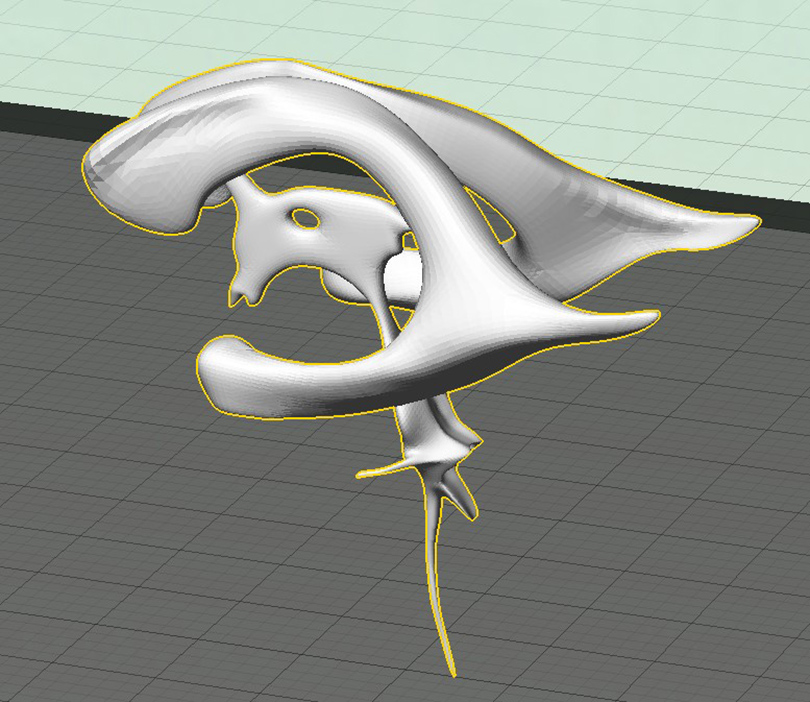The Medical College of Georgia at Augusta University is trying to make the understanding and treatment of brain maladies easier, and a collaboration with the College of Education is helping to make that happen.
By using the College of Education’s expertise in 3-D printing, the medical college is using 3-D printed copies of things like aneurysms to better help both students and patients have a clearer sense of neurological conditions.
“One of the most straightforward ways [3-D printing helps] is to help physicians understand the anatomy a little bit better in complex patients, so that they can actually perform safer surgeries or even just educate the patients to a greater extent,” said Dr. Cargill Alleyne, the chair of the Department of Neurosurgery. “For very complex aneurysms, where you might be able to see something on a screen, you get an added benefit from printing it out and looking at it in 3-dimensions.”
The program could eventually lead to even more detailed help. The fact that the collaboration was simple made it all the more enticing.
“They were originally looking at trying to print scans of an aneurysm, but we had issues transferring the scans into a usable model,” said Bill Gray, manager of Educational Technology. “Then, this summer Dr. Alleyne popped by again and asked if we could do some more printing, and they had Colby Polonsky [medical illustrator with a joint-appointment in neurology] design the ventricles model, emailed that to me and I was able to print that off for them.”
While Augusta University does not currently offer classes for 3-D printing, Dr. Ashley Gess, assistant professor of STEAM education, will incorporate 3-D printing in a class next semester.
“The students are actually going to be designing architectural models that they’re going to print,” said Gray. “She’s going to have me teach her students about 3-D CAD [computer-aided design] for 3-D printing.”
Currently, the biggest drawback to 3-D printing is how long the process takes, but as technology advances, the possibilities are endless.
“In the future – and maybe the not too-distant future – you can think of 3-D printing as a way of actually treating patients, for example producing replacement body parts,” said Alleyne. “Right now it’s educational, but to some extent it’s starting to be done.”
 Augusta University
Augusta University




